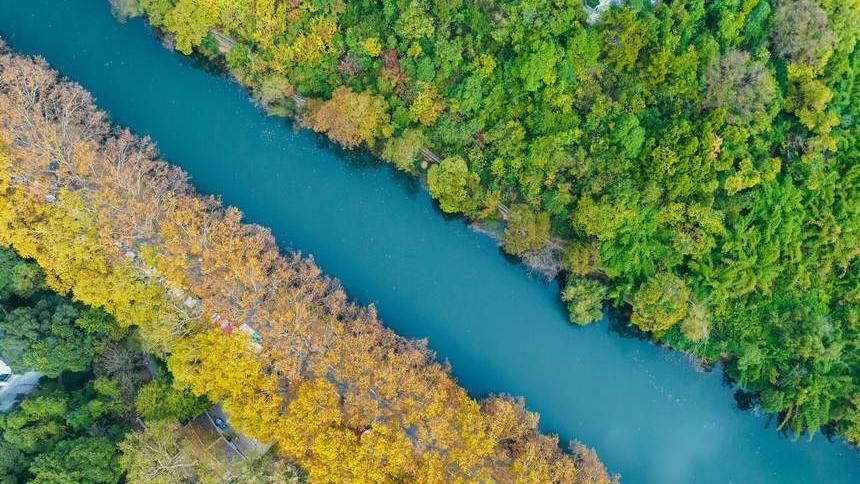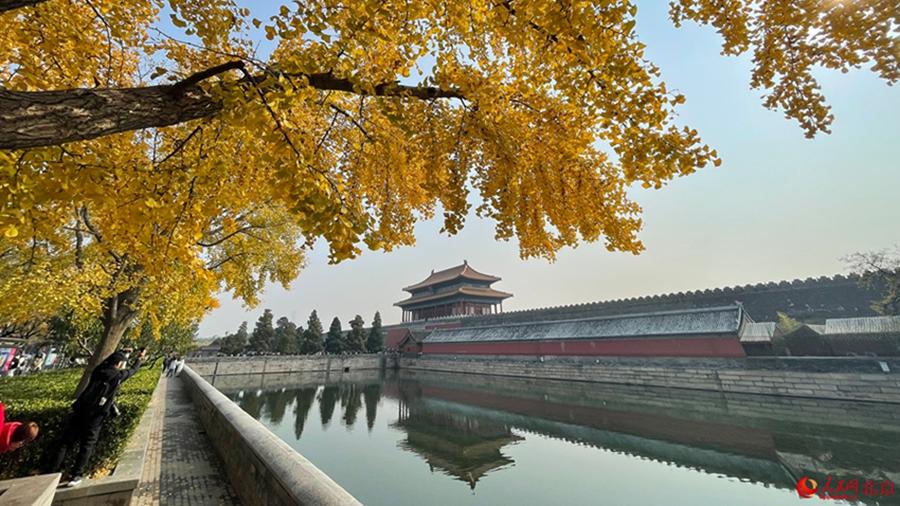Museum collecting 4,000-year-old relics opens in Chinese county
TAIYUAN, Nov. 12 (Xinhua) -- A museum collection of cultural relics dating back 3,900 to 4,300 years opened to the public Tuesday in a northern Chinese county, offering a look at early Chinese state formation and societal complexity.
The Taosi Site Museum on the loess plateau in Xiangfen County, northern Shanxi Province, has been built on the northwestern edge of the Taosi relics site following 46 years of archaeological work.
The Taosi site is believed to be most likely the ruins of the capital city during the period of Yao and Shun -- two sage emperors dating back more than 4,100 years.
Visitors can interact with a sand table to view the map of the city covering over 2.8 million square meters. The differences between the ruler's palace and common people's dwellings clearly show a hierarchical system in the city.
A total of 230 pieces or sets of cultural relics showing the culture and life of ancient inhabitants are on display, including items of pottery, jade, stone and copper. The museum also exhibits relics that some scholars speculate may be related to astronomical observation and timekeeping.
"These findings illustrate a new important phase in Chinese civilization's formation and development," said Yan Yalin, director of the National Cultural Heritage Administration archaeology department. Experts said that Taosi reflects the early characteristics of a state society, foreshadowing later dynastic structures.
Photos
Related Stories
- China revises law to strengthen protection of cultural relics
- Inaugural world classics conference embraces mutual learning among civilizations
- Echoes of eternity: The timeless melody of the Konghou
- Over 400 relics items from South China Sea make debut in Hainan
- China vows intensified, improved preservation of cultural relics
Copyright © 2024 People's Daily Online. All Rights Reserved.









